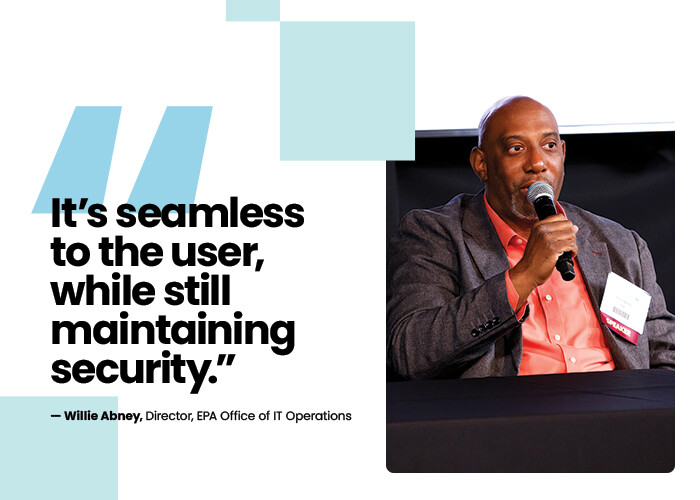Videoconferencing today provides government employees with more flexibility than ever. Conferencing tools have become more intuitive and easier to use over the past several years, simplifying office life for federal workers. And enhanced features — such as the ability to use generative artificial intelligence to create meeting summaries — support equity between onsite and remote federal employees, says Denise Lund, IDC telecom and unified communications team research vice president.
“The software itself is more intelligent,” Lund says. “One of the first improvements was having the camera move around the room. Some of the early trials of this technology, where a device would zoom in on the speaker when it recognized the audio was coming from that person, would not move to that person’s face. That’s been fine-tuned.”
Implementing a Unified Suite of Tools for Communication
The EPA had been using Microsoft’s email, word processing and other products for many years when it implemented Teams in 2020, giving the agency a unified suite of tools.
With roughly 10 regional offices across the U.S., and agents from criminal investigation and emergency response units potentially working in the field, the agency needed to ensure employees would be able to adequately communicate from the office and disparate locations.













